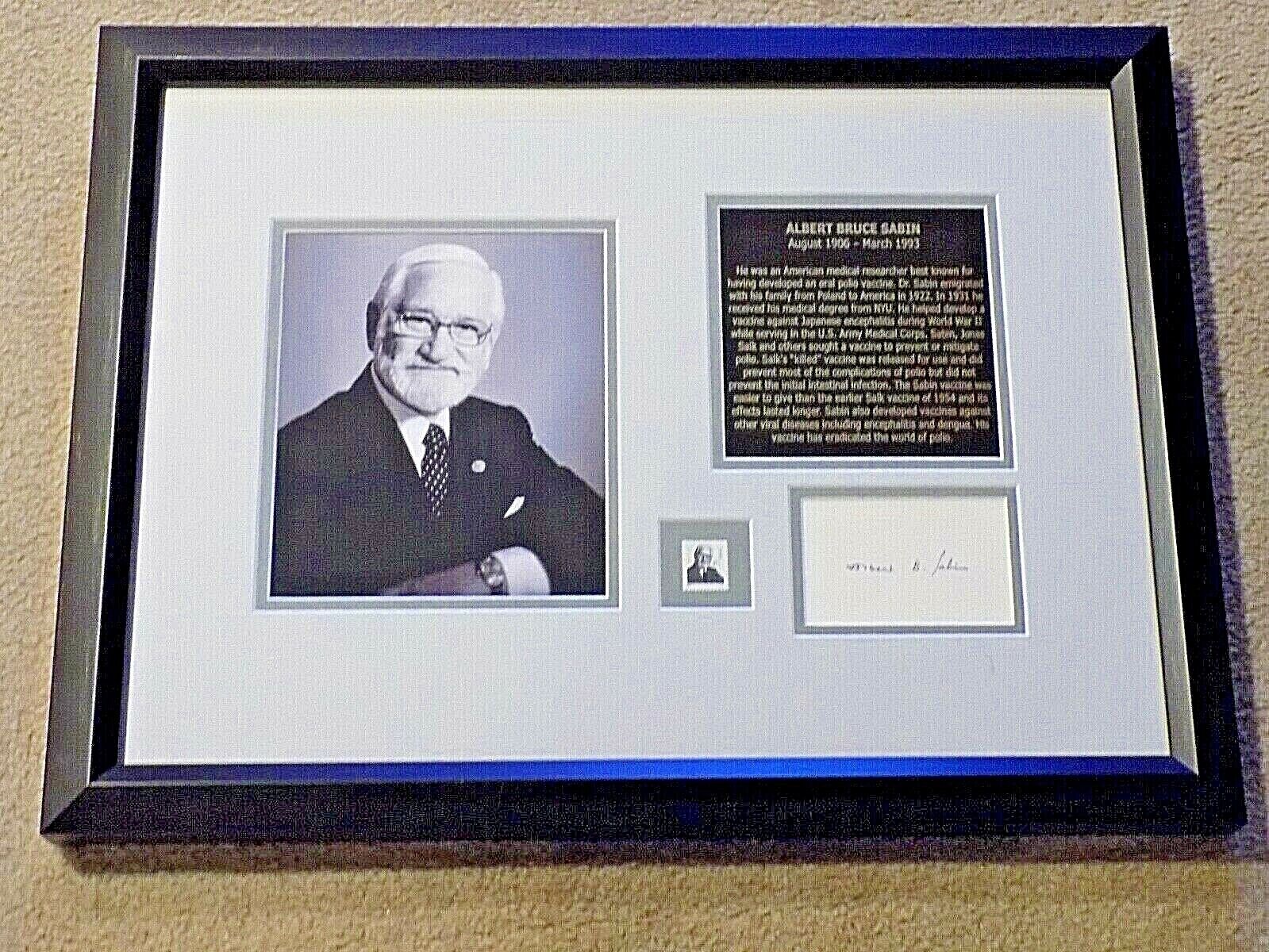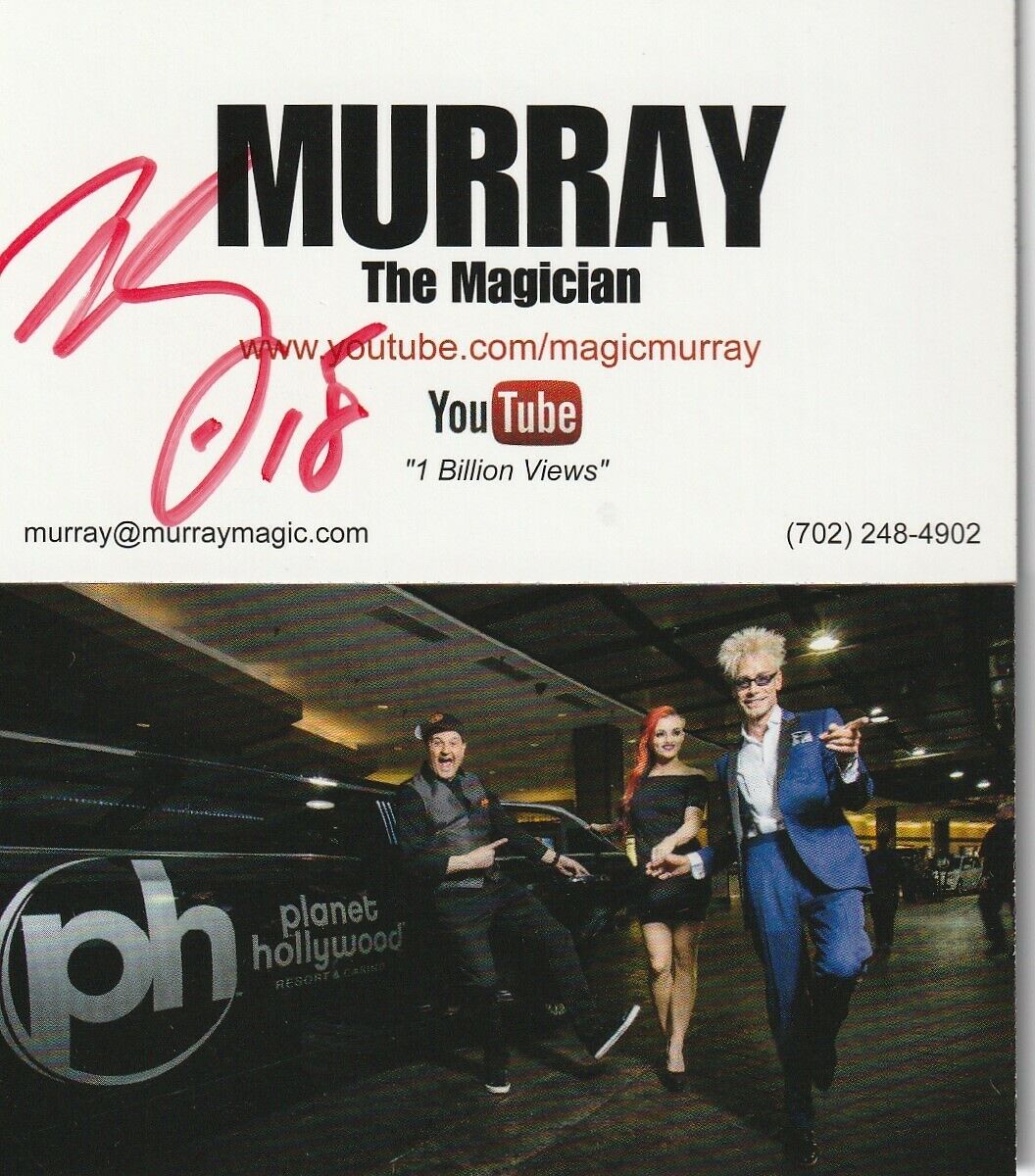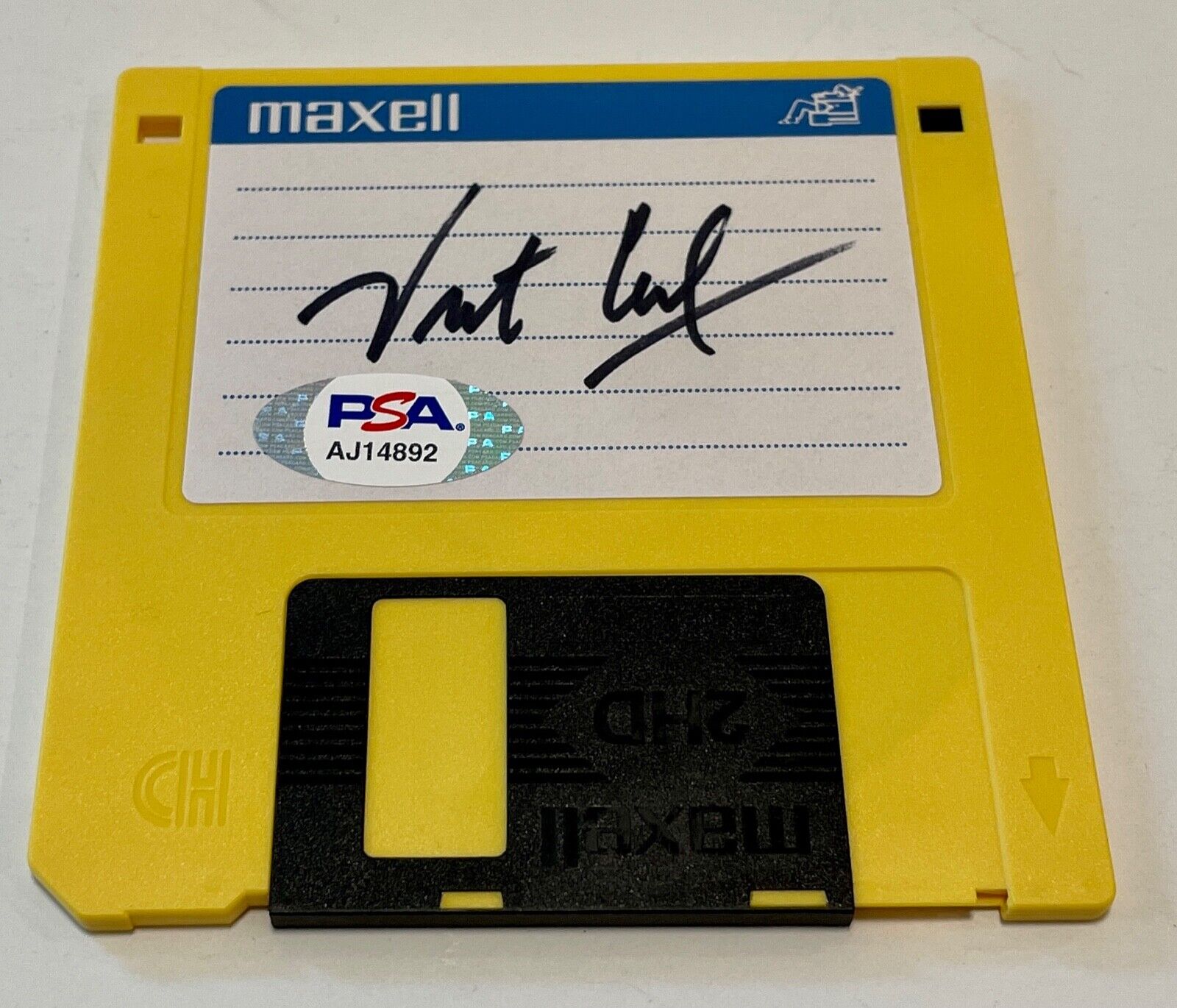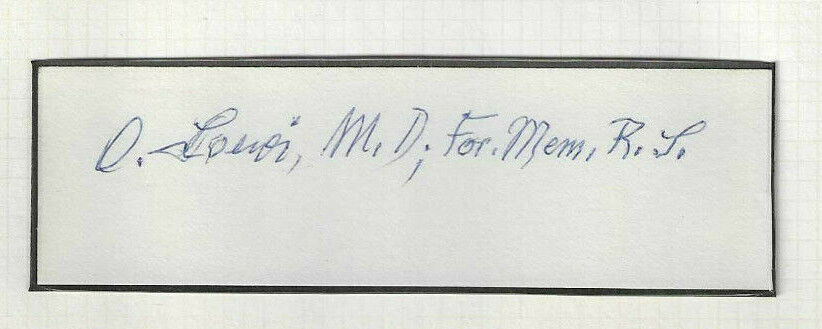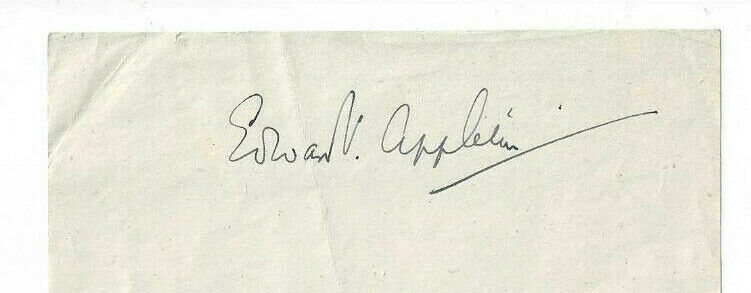-40%
Albert Sabin Oral Polio Vaccine Inventor Signature Autograph Framed Presentation
$ 126.19
- Description
- Size Guide
Description
This is anORIGINAL SIGNATURE
of
ALBERT BRUCE SABIN
,
(born
Abram Saperstein
; August 26, 1906 – March 3, 1993)
was a
Polish American
medical researcher,
best known for developing the
oral
polio vaccine
, which has played a key role in nearly
eradicating the disease
.
In 1969–72, he served as the President of the
Weizmann Institute of Science
in Israel.
Early life
[
edit
]
Sabin was born in
Białystok
,
Poland
, then part of the
Russian Empire
, to
Polish-Jewish
parents, Jacob Saperstein and Tillie Krugman.
]
In 1921, he emigrated with his family as
Abram Saperstejn
on the
SS
Lapland
which sailed from Antwerp, Belgium, to the Port of New York. In 1930, he became a
naturalized citizen
of the United States and changed his name to Sabin, as well as assuming the middle name Bruce.
Sabin received a medical degree from
New York University
in 1931. He trained in internal medicine, pathology, and surgery at
Bellevue Hospital
in New York City from 1931–1933. In 1934, he conducted research at
The Lister Institute for Preventive Medicine
in England, then joined the Rockefeller Institute for Medical Research (now
Rockefeller University
). During this time, he developed an intense interest in research, especially in the area of
infectious diseases
. In 1939, he moved to
Cincinnati Children's Hospital
in
Cincinnati, Ohio
. During World War II, he was a lieutenant colonel in the
U.S. Army Medical Corps
and helped develop a vaccine against
Japanese encephalitis
. Maintaining his association with Children's Hospital, by 1946, he had also become the head of Pediatric Research at the
University of Cincinnati
. At Cincinnati's Children's Hospital, Sabin supervised the
fellowship
of
Robert M. Chanock
, whom he called his "star scientific son."
Sabin went on a fact-finding trip to Cuba in 1967 to discuss with Cuban officials the possibility of establishing a collaborative relationship between the United States and Cuba through their respective national academies of sciences, in spite of the fact that the two countries did not have formal diplomatic ties.
In 1969–72, he lived and worked in Israel as the President of
Weizmann Institute of Science
in
Rehovot
. After his return to the United States, he worked (1974–82) as a research professor at the
Medical University of South Carolina
. He later moved to
Washington, D.C.
area, where he was a resident scholar at the
John E. Fogarty International Center
on the
NIH
campus in
Bethesda, Maryland
.
Polio research
[
edit
]
Sabin (right) with Robert C. Gallo, M.D.,
circa
1985
With the menace of polio growing, Sabin and other researchers, most notably
Jonas Salk
in
Pittsburgh
and
Hilary Koprowski
and Herald Cox in
New York City
and
Philadelphia
, sought a vaccine to prevent or mitigate the illness. The Sabin vaccine is an
oral vaccine
containing weakened forms of strains of polio viruses. In 1955, Salk's "killed" vaccine was released for use. It was effective in preventing most of the complications of polio, but did not prevent the initial intestinal infection. The Sabin vaccine is easier to give than the earlier vaccine developed by Salk in 1954, and its effects last longer. Sabin first tested his live attenuated oral vaccine at the
Chillicothe
Ohio Reformatory in late 1954. From 1956–1960, he worked with Russian colleagues to perfect the oral vaccine and prove its extraordinary effectiveness and safety. The Sabin vaccine worked in the intestines to block the poliovirus from entering the bloodstream. In the intestines, Sabin had discovered, the poliovirus multiplied and attacked. Thus, the oral vaccine broke the chain of transmission of the virus and allowed for the possibility that polio might one day be eradicated.
Between 1955 and 1961, the oral vaccine was tested on at least 100 million people in the USSR, parts of Eastern Europe, Singapore, Mexico, and the Netherlands. The first industrial production and mass use of oral poliovirus vaccine (OPV) from Sabin strains was organized by Soviet scientist
Mikhail Chumakov
This provided the critical impetus for allowing large-scale clinical trials of OPV in the United States in April 1960 on 180,000 Cincinnati school children. The mass immunization techniques that Sabin pioneered with his associates effectively eradicated polio in Cincinnati. Against considerable opposition from the
March of Dimes
Foundation, which supported the relatively effective killed vaccine, Sabin prevailed on the
Public Health Service
to license his three strains of vaccine. While the PHS stalled, the USSR sent millions of doses of the oral vaccine to places with polio epidemics, such as Japan, and reaped the humanitarian benefit. Indeed, it was not clear to many that the vaccine was an American one, financed by U.S. dollars, as it was not widely available to ordinary Americans.
Sabin also developed vaccines against other viral diseases, including
encephalitis
and
dengue
. In addition, he investigated possible links between viruses and some forms of
cancer
.
Later life
[
edit
]
In 1983, Sabin developed calcification of the cervical spine, which caused paralysis. Sabin revealed in a television interview that the experience had made him decide to spend the rest of his life working on alleviating pain. This condition was successfully treated by surgery conducted at
Johns Hopkins Hospital
in 1992 when Sabin was 86. A year later, Sabin died in
Washington, D.C.
, from heart failure.
Philanthropy
[
edit
]
Sabin refused to patent his vaccine, waiving every commercial exploitation by pharmaceutical industries, so that the low price would guarantee a more extensive spread of the treatment. From the development of his vaccine Sabin did not gain a single dollar, and continued to live on his salary as a professor. The
Sabin Vaccine Institute
was founded in 1993 to continue the work of developing and promoting vaccines. To commemorate Sabin's pioneering work, the institute annually awards the
Albert B. Sabin Gold Medal
in recognition of work in the field of
vaccinology
or a complementary field.
THE CUSTOM FRAMING COST AROUND 0 ALONE!!!
